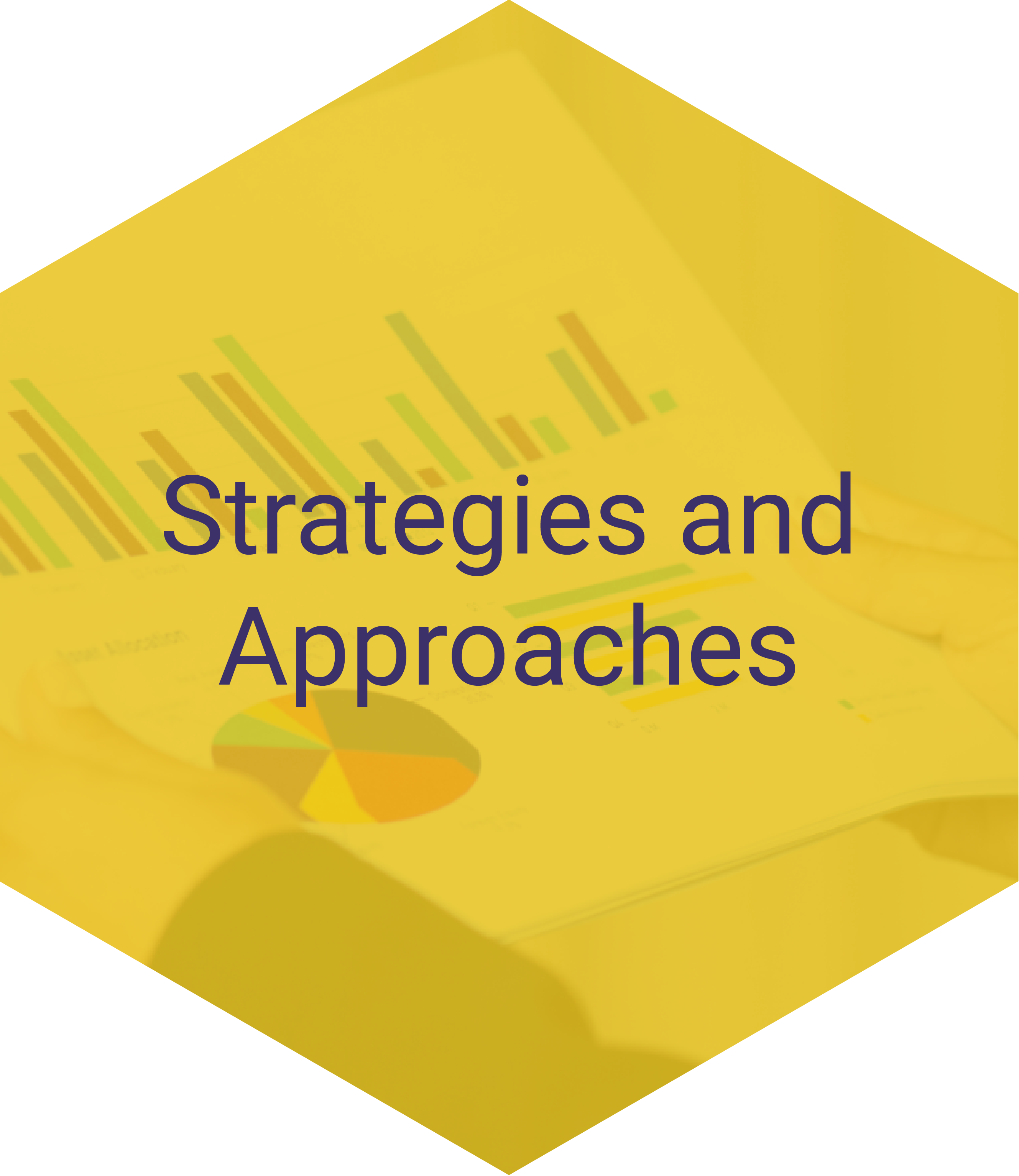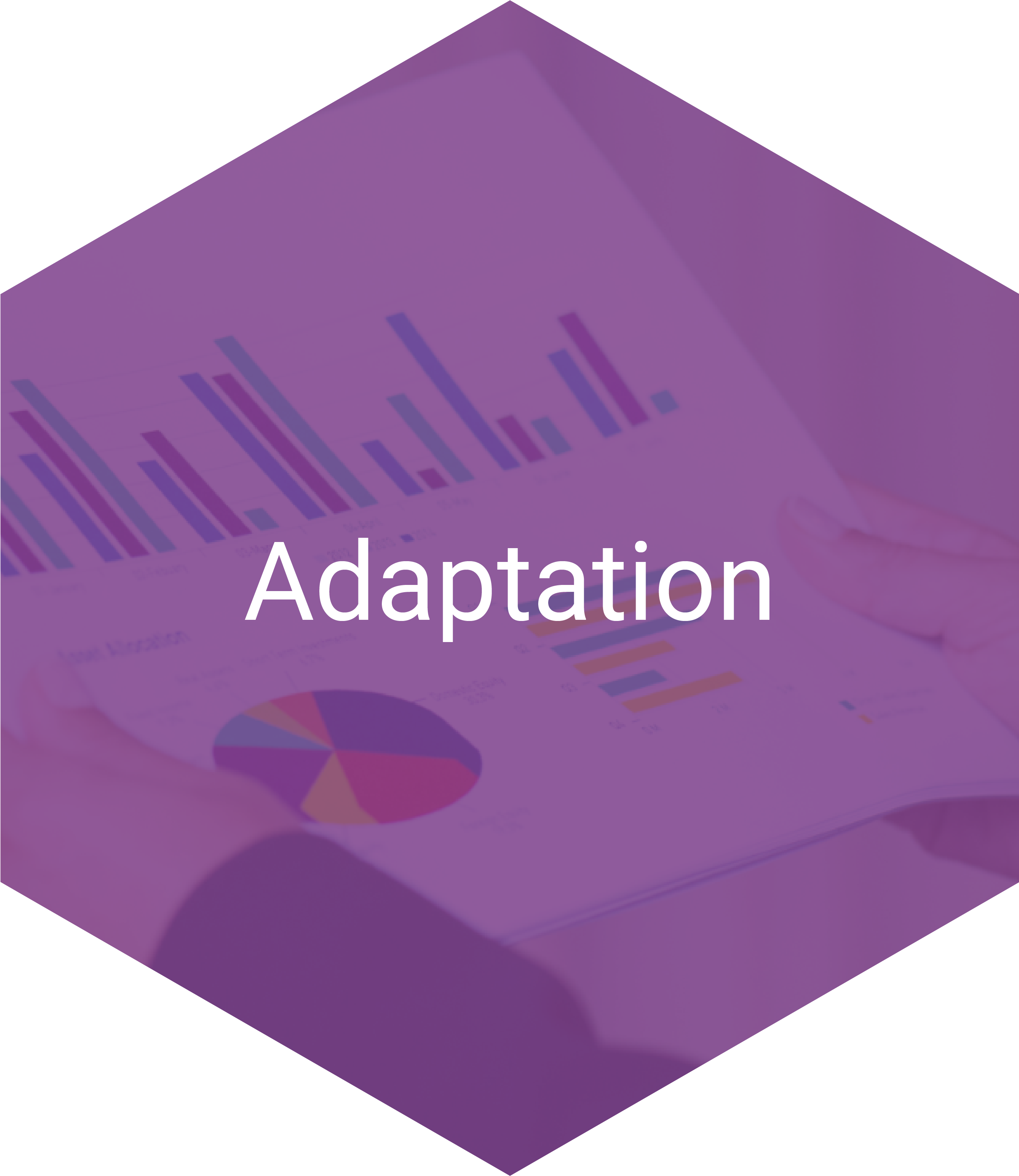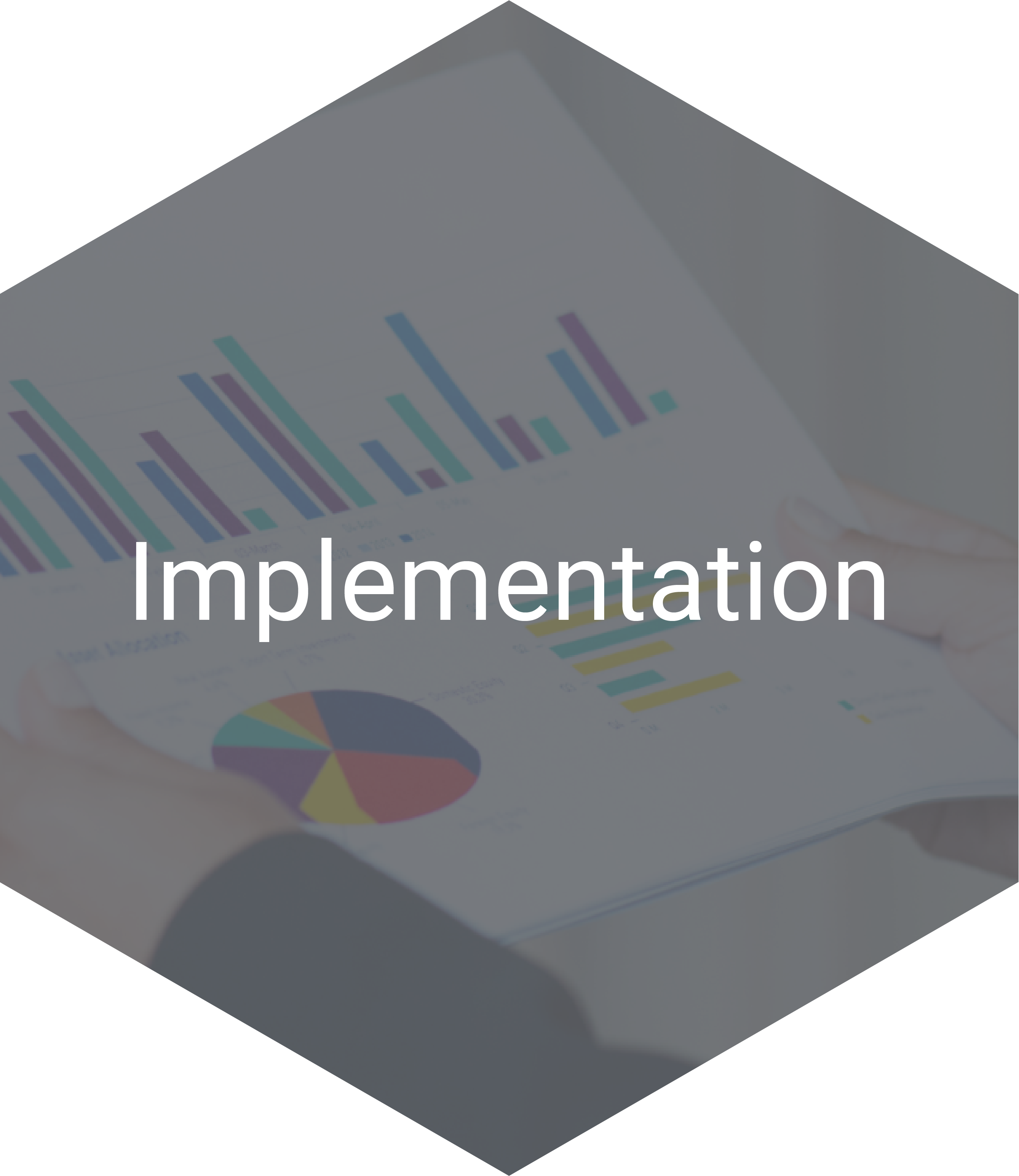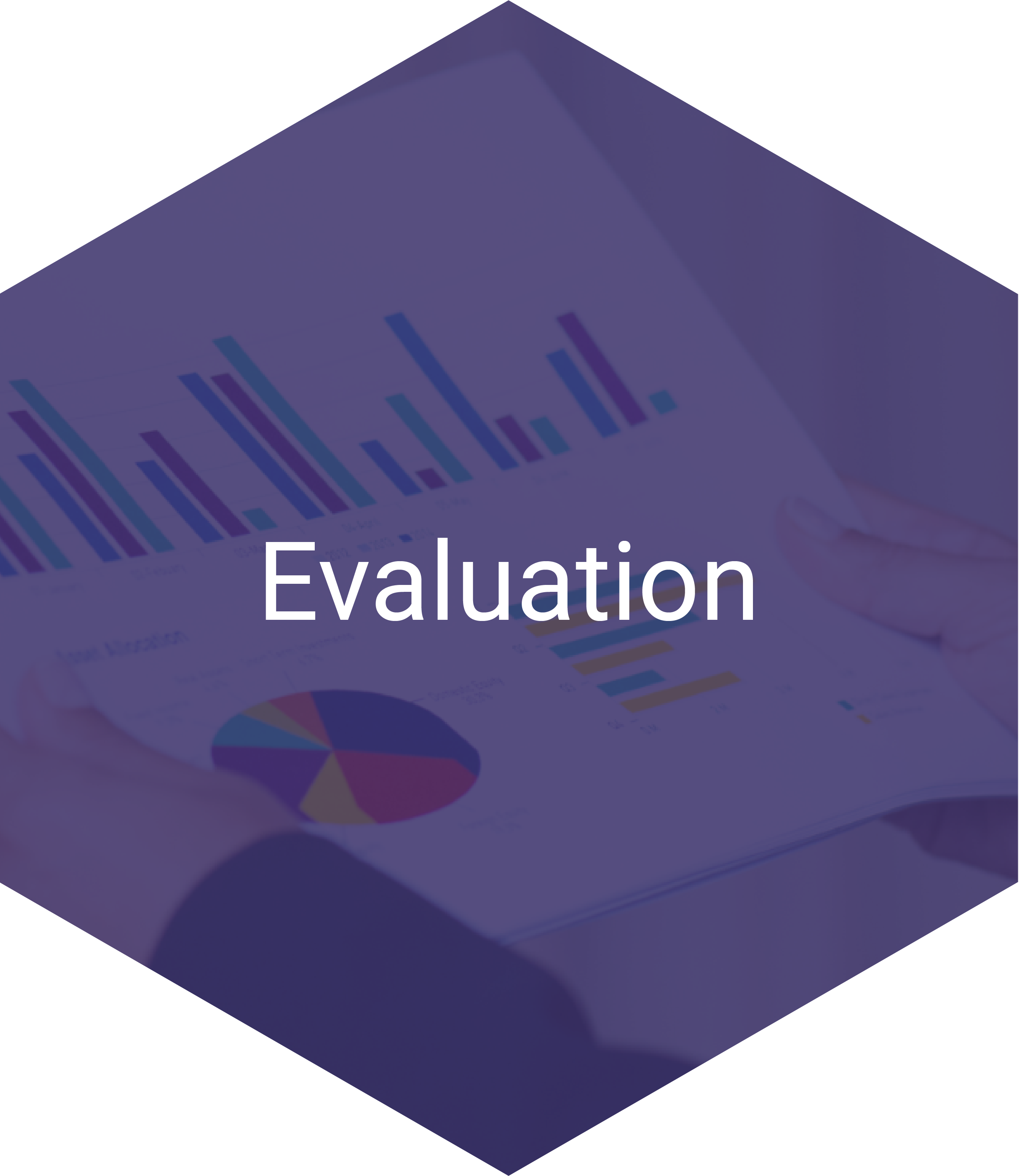Increase Opportunities for Success
Following the steps below can help your violence prevention efforts succeed. As you plan your violence prevention effort, work to include community members and those impacted by violence. For example, including young people with lived experiences of violence can increase opportunities for success. Seeking local partnership while planning can help ensure efforts are community driven and effective at preventing violence.
Planning
set yourself up for success
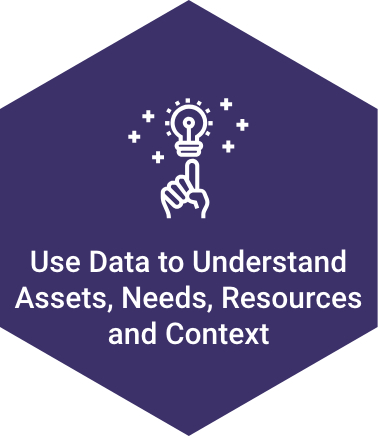
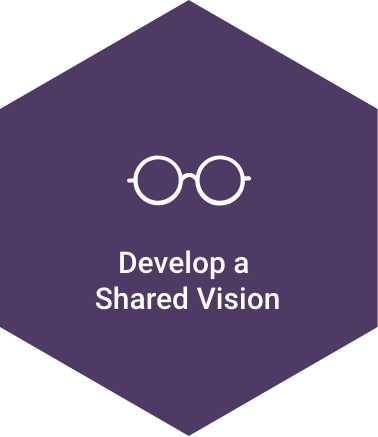

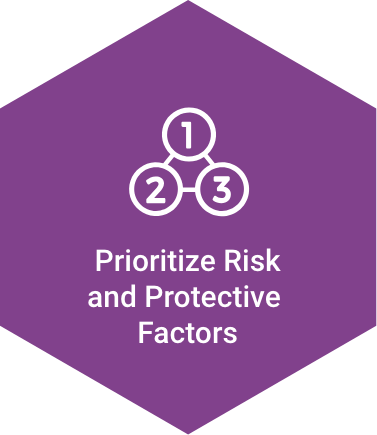

1. Define the problem
2. Identify Risk and
Protective Factors
3. Develop and test
prevention strategies
4. Assure widespread
adoption
The Public Health Model
Public health focuses on the health and well-being of populations. It combines knowledge from many disciplines and input from multiple sectors to address health problems like violence. Based in the scientific method, the four-step public health model analyzes data to understand a community’s problems and priorities, identifies risk and protective factors, plans and tests prevention strategies, and ensures widespread adoption of violence prevention programs based on the best available evidence.
For more information about the public health approach,
Developing a comprehensive plan before you begin the work should increase your chances of success. This section can help you create a comprehensive or specific plan for implementation and evaluation. Use the tools, resources and tip sheets related to planning anytime during the process.
To identify and coordinate key organizations and people to participate in the planning process.
For more on addressing unequal opportunities for health, check out:

 STORIES
STORIES RESOURCES
RESOURCES APPROACHES
APPROACHES CONTACT
CONTACT


